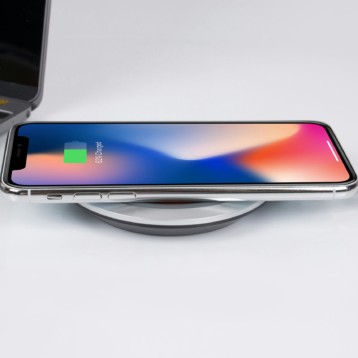The DelFly Micro is the third generation of miniature craft designed by the Micro Air Vehicle Laboratory (MAVlab). Each iteration is smaller and lighter than the last. MAVlab’s goal is to create the smallest vehicle that can reliably fly and still maintain a working camera.
The DelFly Micro not only looks like a dragonfly, but it uses similar aerodynamic principles. Unlike most unmanned craft, the wings on the DelFly actually flap during flight. Researchers hope these craft will increase our knowledge of the aerodynamics and air flow during flight, both to assist in building better vehicles in the future and to increase our knowledge of dragonflies and other aerial creatures using the same style of flight.
The DelFly program is, above all, an effort in miniaturization not just of the main body itself, but of all of the electronic components aboard. The DelFly Micro contains a 30 mA lithium polymer battery that weighs just one gram. The camera and its transmitter weight in at a mere 0.4 grams, the engine is only 0.45 grams, the receiver just 0.2 grams and the actuators total about 0.5 grams. The MAVlab hopes to use the knowledge gained by designing these components to build an even smaller and lighter version of the DelFly within the next few years.
The DelFly Micro can fly up to 50 meters with a three minute battery life. It flaps its wings thirty times per second and looks much like a real dragonfly while in flight. Previous DelFly versions could be controlled from the ground using a joystick. This functionality is planned for the DelFly Micro but not yet implemented. Autonomous flight without intervention from the ground is the eventual goal of the project.
TFOT has reported other robotic insects including a robotic fly designed by researchers at Harvard University, another robotic dragonfly designed primarily as a toy, and a gigantic spider robot designed to assist in search and rescue operations.
You can find more information on the DelFly Micro including a video at the MAVlab website here.










